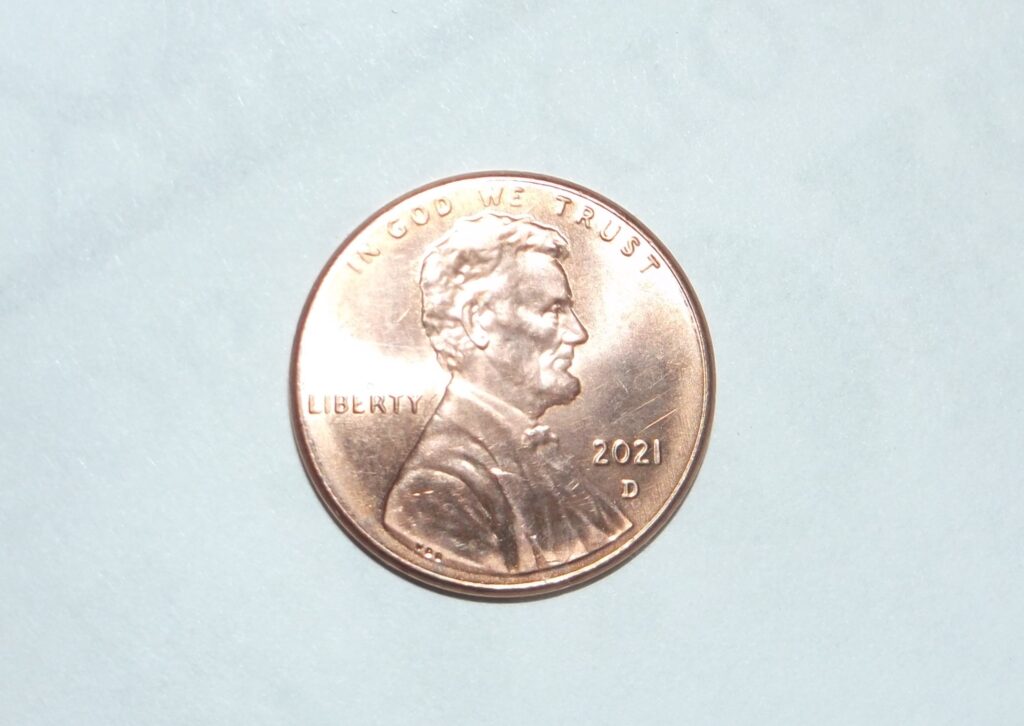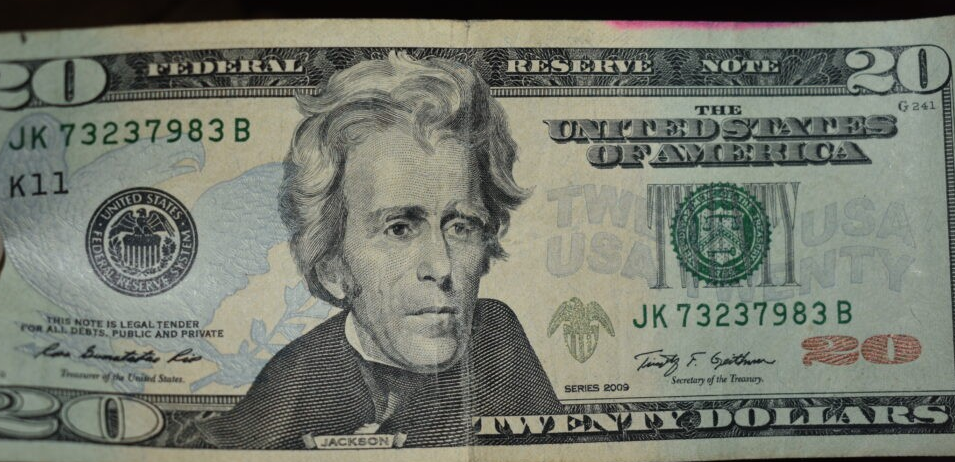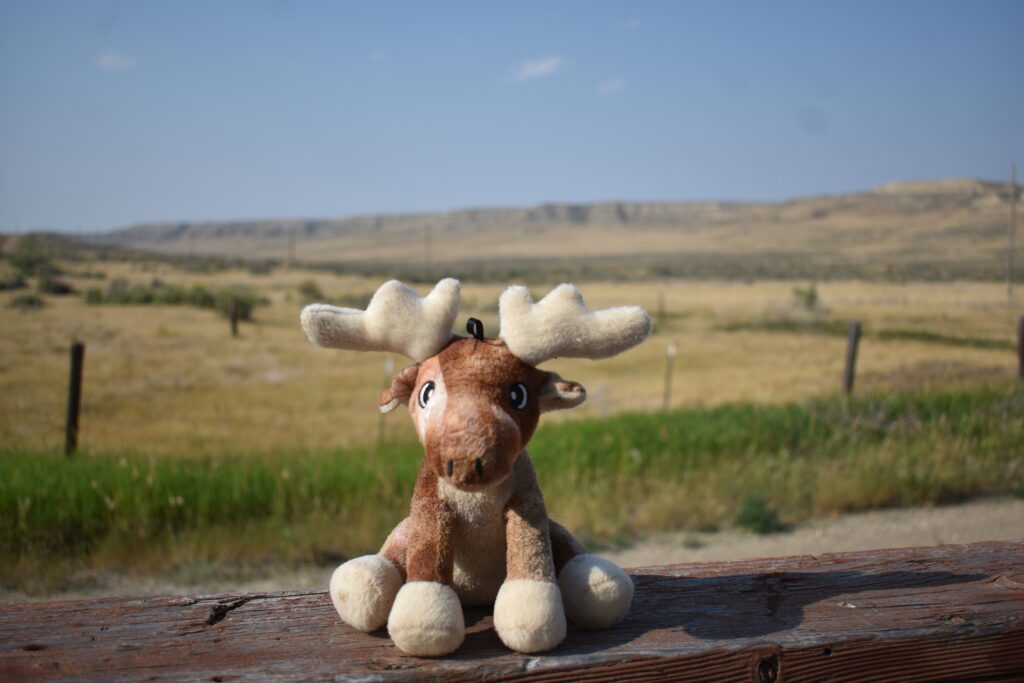News
History: Presidental Assassination Attempts in United States

With former president and now candidate Donald Trump coming close to being killed in an assassination attempt on Saturday, July 13, at a Pennsylvania campaign rally, it is interesting to look back on some other attempts of President’s lives in history.
Although not exactly Wyoming history, what happens in the nation does affect our little corner of the world as well.
Probably the best known presidential assassinations were the Lincoln assassination in 1865, and Kennedy shooting in 1963 in Dallas, Texas. There are several coincidences between the two that have become urban legends.
Just a couple of them are the facts that in the Lincoln shooting, assassin Booth ran from the theater and was captured in a warehouse, Oswald ran from a warehouse to a theater.
President Lincoln’s secretary was named Kennedy and told him not to go to Ford’s Theater that night. Kennedy’s secretary Evelyn Lincoln warned him not to go to Dallas. Also, both men were succeeded by their vice-presidents, both named Johnson, one born 1808 and one born in 1908.
This Powell Leader story on March 9, 1917, recounts an eyewitness of the Lincoln murder. – Theatrical Man Recalls Struggle With Lincoln’s Murderer on Stage of Ford’s. Seated before a crackling log fire in a sturdy little bungalow at Rye Beach, overlooking Long Island Sound, an old man told me of his regret that he does not hold a greater place in history, writes Pearl Louise Beck in the Illustrated Sunday Magazine. He has had this feeling of regret ever since a certain fateful hour on the evening of April 14, 1865, when he found himself flat on his back in the wings of Ford’s theater in Washington, and sat up to hear the stumbling footsteps of John Wilkes Booth dying away in the distance. William Withers was lender of the orchestra in Ford’s theater on the night of Lincoln’s assassination.
He was acquainted with the martyred president, and with Booth, who killed him, having spent an hour with the latter before the fatal performance. A few seconds after Booth had jumped from the president’s box to the stage, he found Withers blocking his way. With the fury of a madman, he drew a dagger and rushed at the musician. The steel missed it mark, but it tore a ragged gash in Withers’ left shoulder.
“The dagger fell to the floor,” said Mr. Withers, in telling the story of that historic night. “I remember looking at it in a dazed way and wondering why Booth should have attacked me.”
Mr. Withers is an invalid now, but his mind is wonderfully clear. He can tell in detail everything that happened to him, from the time he took his place and led the orchestra in playing “Hail to the Chief” as Lincoln entered, until his thrilling meeting with Booth immediately after the assassination.
He says: “Suddenly I heard the report of a pistol and a second later a great thud upon the stage. I stepped back into the wing to see what had happened. A woman screamed, there was a stumbling rush, and a man’s voice broke into bitter curses. I hurried through the wing to the stage and came face to face with John Wilkes Booth.
His face was ashen, his eyes bulged, and his hair seemed to stand on end. “The memory of that face will remain with me until I die. It was the face of a maniac.
“Before I could move he was upon me with his dagger, which he tried to plunge into my heart. I caught his arm, and the blade went into my left shoulder. That wound left me with a six-inch scar, which I carry to this day. I call it the ‘Booth Barometer,’ because every time the weather begins to fix itself for a northeast storm that old wound starts to ache. I was taken before the police authorities immediately after the assassination and gave the first evidence that led to the positive identification of Booth as the murderer.
One really odd coincidence in the Lincoln murder happened a year or two before the assassination. John Wilkes Booth’s brother, Edwin, saved the life of Lincoln’s son, Robert Todd Lincoln, on a train platform in Jersey City, New Jersey.
Two other presidents have been killed by assassins. James A. Garfield, who was killed in 1881, by Charles J. Guiteau, and William McKinley in 1901, by Leon Czolgosz.
In an even stranger turn of events, Robert Todd Lincoln had the dubious honor of being a witness not only to his father’s murder, but also the two other assassinations.

The Meeteetse News, January 11, 1923 – Saw Three Presidents Slain. Robert T. Lincoln Probably Only Man in America to Witness Chain of Tragedies. Robert T. Lincoln, son of President Lincoln, and now in his eightieth year, was in the army and stationed in Virginia when he received an order to report at Washington.
He got into the theater just in time to see his father receive his fatal wound. Robert T. Lincoln was secretary of war under Garfield, he was asked by the President to meet him at the station and he reached there just as Garfield was assassinated.
Mr. Lincoln received an invitation to attend the formal opening of the Pan-American exposition at Buffalo, and accompanied by his family got there just in time to see President McKinley shot by Leon Czolgosz.
Mr. Lincoln related this eerie experience recently to a friend, says Forbes’ Magazine, and. so far us he knows, says the writer, it has never been published.

Although four presidents have been killed, there were many more attempts to assassinate the leaders of the country. The first attempt on a president was on January 30, 1835, when Richard Lawrence tried to shoot Andrew Jackson in the East Portico of the Capitol.
This from the Laramie Weekly Sentinel, July 30, 1881 – The assault upon President Garfield is the third that has been made upon the lives of American presidents, two other victims were Presidents Jackson and Lincoln. With the facts concerning the assassination of the latter the public are thoroughly familiar; but there is less general knowledge concerning the attempt on President Jackson’s life, it occurred at the capitol building in Washington, January 30, 1835. On that day the president attended the funeral of Hon. Warren B. Davis representative from South Carolina.
As he came into the portico of the capitol from the rotunda, a person stepped forward from the crowd into the space in front of the president, and snapped pistol at him, the percussion cap of which exploded without igniting the charge. This person was struck down by blow from Lieutenant Godney, of the navy, who happened to be near. He also received blow aimed at him by Secretary Woodbury but before receiving either blow snapped second pistol at the president.
The cap of that pistol also exploded without igniting the charge. The perpetrator of this daring outrage was, of course, immediately seized and taken into custody by the marshal of the district, by whom he was carried to the city hall where he underwent an examination before Chief Justice Cranch.
His name was Richard Lawrence; by occupation he was a painter, and had been resident of Washington for two or three years. He was committed to jail in default of $4,000 bail. No rational motive was even conjectured at the time for his conduct, and subsequent disclosures showed that the man was undoubtedly crazy.
Yet General Jackson’s prejudices were so violent that he insisted that his political opponents were more or less responsible for the attempt, and intimated, especially, that George Poindexter, one of the ablest and best men that Mississippi has produced, was concerned in the attempt. The general, however, seems to have been entirely alone in his suspicions.
Another historic attempt on a president was the near murder of Theodore Roosevelt in 1912.
After McKinley was slain in 1901, Vice-President Theodore Roosevelt came back from hiking in the Adirondacks to assume the duties of president. He served two terms, but while he was running for a third term, as a member of the ‘Bull Moose Party,” Roosevelt was shot. (In 1951 Congress passed an amendment that allowed presidents to only serve two terms.)

The Wyoming Press, Evanston, Wyoming. October 18, 1912, reports the incident – Roosevelt Shot Down by Crank Man Who Had Trailed Progressive Leader for Days Tries to Murder Him. Colonel Roosevelt Insists Upon Addressing Audience, Declaring His Injuries Trivial, and Refused to go to Hospital Until He Had Finished Speech.
Milwaukee, Wis.—Colonel Theodore Roosevelt was shot and slightly wounded Monday night as he was leaving the Gilpatrlck hotel for the for the Coliseum to make a speech.
The wound was superficial and the colonel went on to the half and began his speech, after he had seen the assassin arrested and taken to the police station. Henry F. Cochems with others seized the assassin and held him until policemen came up.
The man who shot Colonel Roosevelt gave his name as John Schrank, and his address as New York City. In an incoherent manner he told Chief Janneson at police headquarters of having wanted to kill Roosevelt because he did not believe any president ought to have more than two terms.
As Colonel Roosevelt stepped into an automobile on his way from the hotel to the Coliseum, his assailant fired, the bullet crashing into the ex-president’s right side, just below the nipple. When the would-be assassin was overpowered, Colonel Roosevelt called out: “Don’t hurt him. I’m all right.”
Upon being driven to the Coliseum, Colonel Roosevelt was implored by his friends to give up the speech and go to a hospital, but he declared he was not hurt and that he was going to made that speech, even if it was his last one. Roosevelt talked for fifteen minutes before he gave the slightest indication that he felt the effect of the bullet.
Then a sudden twinge of pain made him clutch his right side. The audience was quick to observe it, and a protest ran through the hall for the colonel to stop. Roosevelt frowned. “Now, this is all a trivial affair,” he cried. “Anyone who knows me must realize that I would not stop tor a thing like this. I may have a right to feel sore with a bullet in me. But if you saw me in battle leading my regiment you would not want me to stop. You would encourage me to go ahead, no matter what happened. In opening the speech, Colonel Roosevelt said: “I shall have to ask you to be as quiet as possible. I do not know whether you fully understand that I have just been shot, but it takes more than that to kill a Bull Moose. (The Bull Moose Party was a progressive third party formed by Roosevelt.)
“But, fortunately, I had my manuscript (holding up manuscript, showing the audience where the bullet had gone through); so you see, I was going to make a long speech. And, friends, the hole to in it that the bullet went through, and it probably saved it from going into my heart. The bullet is in me now, so that I cannot make a very long speech. But I will try my best.”
Colonel Roosevelt was wildly cheered at the conclusion of his address, when he was taken to the hospital. Later in the evening the colonel identified his assailant at police headquarters. While the colonel was on his way to the hospital, which is ten blocks away from the auditorium, a message was sent to Mrs. Roosevelt at Oyster Bay, telling her of the shooting.
She was informed that the wound was slight and that the colonel had gone ahead with his speech, suffering no discomfiture. Other messages were hurried out to various others of the colonel’s family, including Congressman Nicholas Longworth in Washington. Colonel Roosevelt was able to resume his journey and reached Chicago at 3:30 Tuesday morning, having spent a restful night and experienced no discomforts during the trip from Milwaukee.
Two other presidents have been injured by assassination attempts. Ronald Reagan, in 1981, by John Hinckley Jr., and, of course, just a week ago, Donald Trump by Thomas Matthew Crooks.
There were other attempts on president’s lives. Franklin Delano Roosevelt, President Harry Truman, Gerald Ford and President Bush to name a few.
No matter what security is around the presidents, there is always a chance that some crazy person will attempt to kill the Chief Executive of the United States, for reasons known only to them.

